LVT flooring – The height of luxury for kitchens and bathrooms?
Tue 28th Jun 2022 by Lisa Hibberd
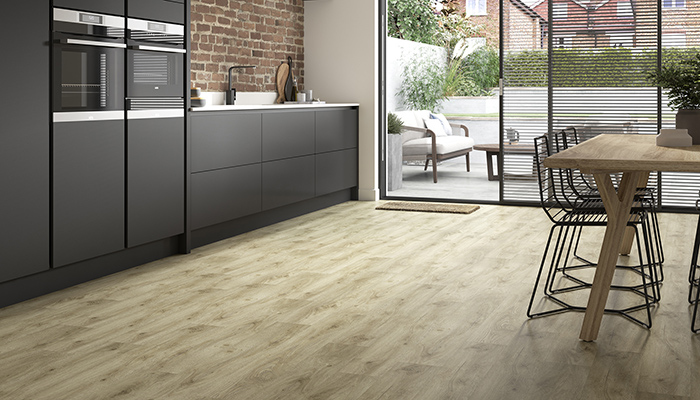
LVT flooring – The height of luxury for kitchens and bathrooms?
Consumers seeking the elegant good looks of materials such as wood and stone are now considering LVT (Luxury Vinyl Tile) flooring, which not only offers authentic lookalikes but plenty of practical benefits. Lisa Hibberd discovers what’s new from some key players, and learns why these designs are serious contenders when it comes to kitchen and bathroom flooring.
According to AMA Research’s Contract Floorcovering Market Report – UK 2022-2026, vinyl is the second largest contract floorcovering sector by value, accounting for an estimated 20% in 2021. The trend towards vinyl tile products, in particular LVT, has increased the potential for vinyl outside the more traditional end-use sectors. LVT gained shares of the contract floorcoverings market over the last decade to equate to 28% in 2021, which is a 6% increase from 2010.
With these statistics in mind, it’s no surprise that the popularity of LVT is echoed across the residential sector, with many designers looking to this versatile and stylish floor option for kitchen and bathroom projects. “LVT is a durable, waterproof and highly versatile material designed to replicate hard surface flooring materials such as stone or wood yet providing many more practical benefits,” explains Audrey Lawton, engineered flooring design & specification manager for Domus. “Typically constructed from multiple layers of PVC and vinyl resins, a protective top layer effectively seals the surface, making it easy to clean and offering resistance against staining and scratches. LVT ranges available at Domus are constructed of five layers, making them very strong and hardwearing – ideal qualities for areas in the home with high footfall, such as kitchens. LVT is generally suitable for use with underfloor heating and benefits from being fully waterproof, making it a great material for bathrooms too. Noise-reducing properties make LVT very quiet underfoot, making it the perfect choice for projects where noise transmission to floors below is a consideration.”

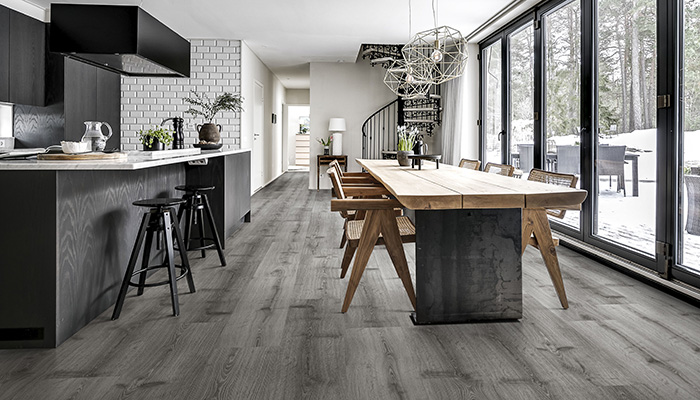
An additional benefit for clients is that there are no concerns about upkeep. Sarah Escott, design manager at Amtico, reports that LVT is incredibly easy to clean and maintain, with only a sweep and occasional mop needed to keep it looking its best. “When compared with the cleaning requirements of materials such as hardwood or porcelain tiles, this makes vinyl flooring a far easier and less time-consuming flooring choice. LVT should periodically undergo a deeper clean – most LVT companies will have their own stripper solution or dressing kits, which are designed to get into the surface and act as an additional protection layer for future cleaning routines. LVT can also be repaired or replaced far more easily than natural alternatives, meaning that the whole floor doesn’t have to be changed if just one part is damaged.”
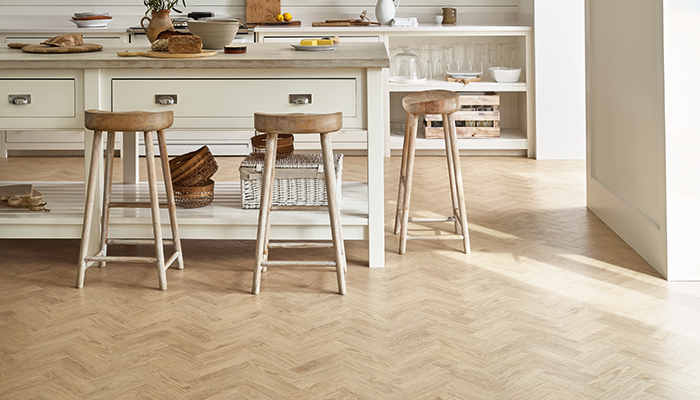
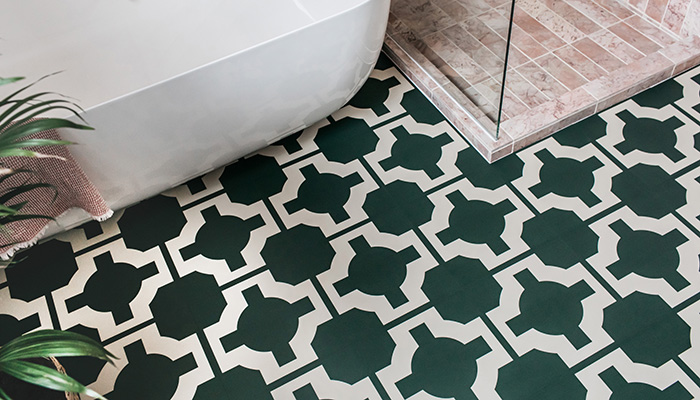
LVT flooring is an ideal choice in busy family homes as it is does not require any ongoing maintenance such as re-sealing or waxing,” agrees Gail Alcock, product director for Malmo. “It’s also incredibly long lasting – our Malmo range is backed by a warranty of up to 25 years for domestic applications, but as with anything it depends on the quality, correct installation, and degree of care over time. The thickness of the wear layer is a major factor that determines the life and condition of LVT. The thicker this layer, the tougher the flooring will tend to be. The Malmo Freedom stickdown range and the Malmo Rigid Senses registered embossed range both have a wear layer of 0.55mm, while Rigid Comfort is 0.3mm."
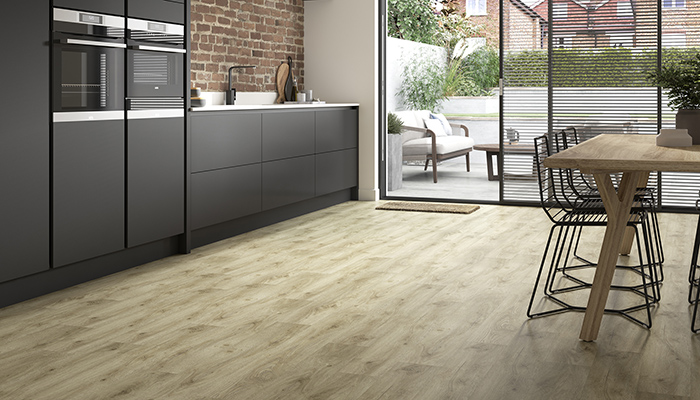
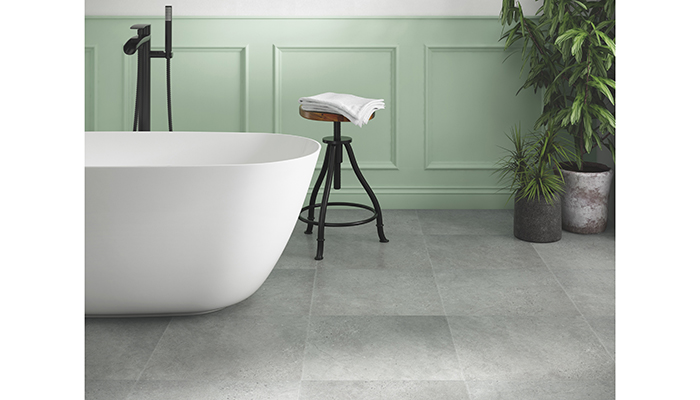
Gail also suggests that LVT offers plenty of pluses for designers. “Design-wise, LVT gives an array of choice that can satisfy a broad church of consumer tastes and demographics. It comes in a wide variety of colours and textures across tile, plank and herringbone formats that authentically mirror natural materials, but which are more economical than their real counterparts. As surface and material technology has advanced, LVT is able to deliver the authentic look of reclaimed wood planks, for example, but with the performance advantages of a technical, man-made material. Our Malmo Senses rigid collection in particular has garnered industry awards for its sophisticated, natural appearance created by the innovation of registered embossed textures.”
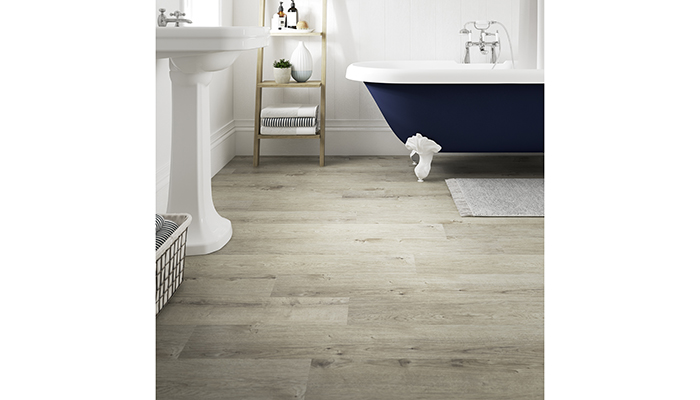
“With hundreds of styles, colours and finishes available, there’s an LVT floor for every taste and every kind of project,” says Orla Kerr, marketing manager UK & Ireland for Quick-Step. “Some of the most prominent benefits of Quick-Step PVC are that they are moisture resistant, making them great for bathrooms and kitchens. Scratch and stain-resistance ensures high durability and worry-free maintenance. Vinyl floors are a soft and warm solution for bare feet zones such as bathrooms and kitchen spaces.”
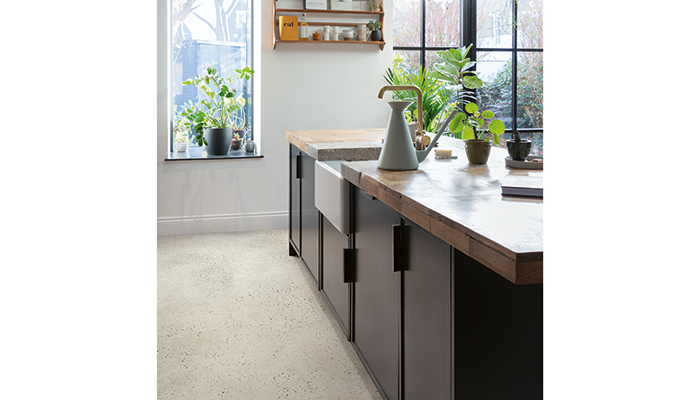
Eco-conscious clients will be keen to know that many manufacturers are working hard to minimise their products’ impact on the environment. Matthew Brown, head of trade at Palio Trade by Karndean, says, “We are committed to reducing our impact on the environment and protecting our indoor air quality and health. Palio Trade by Karndean products contain up to 50% recycled material from production and post-production waste to increase resource efficiency of our manufacturing process. Our flooring is low in Volatile Organic Compounds (VOCs) and free from toxic chemicals such as ortho-phthalates. As our Rigid Core and LooseLay formats are installed without the need for adhesive, this flooring can be simply lifted and reused in another location, making this the ideal solution for renters or those who need to protect the original floor surface.”

“Based on the banks of the Scheldt River in Belgium, Moduleo recycles the river water and uses it in the cooling process,” says Matthew Brook, national sales manager for Moduleo. “Clean energy powers up to 70% of the manufacturing process which comes from our very own wind farm. In terms of the product itself, tiles and planks are now made using between 35-50% recycled material and can also be recycled themselves at the end of their lifecycle.”
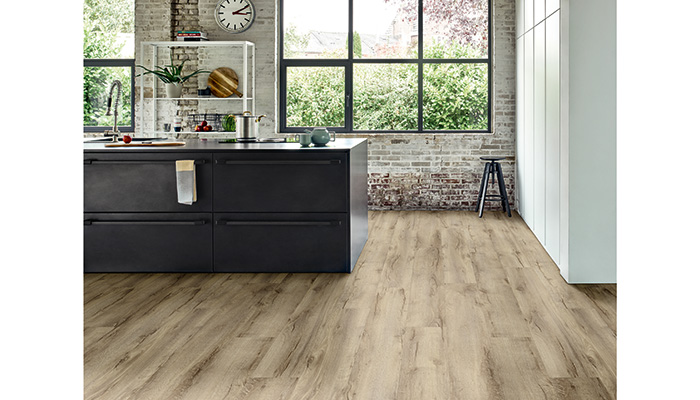
Tags: insight, features, lvt flooring, luxury vinyl tile, kitchens, bathrooms, domus, lg hausys, kährs, amtico, harvey maria, malmo, quick-step, karndean, moduleo



























